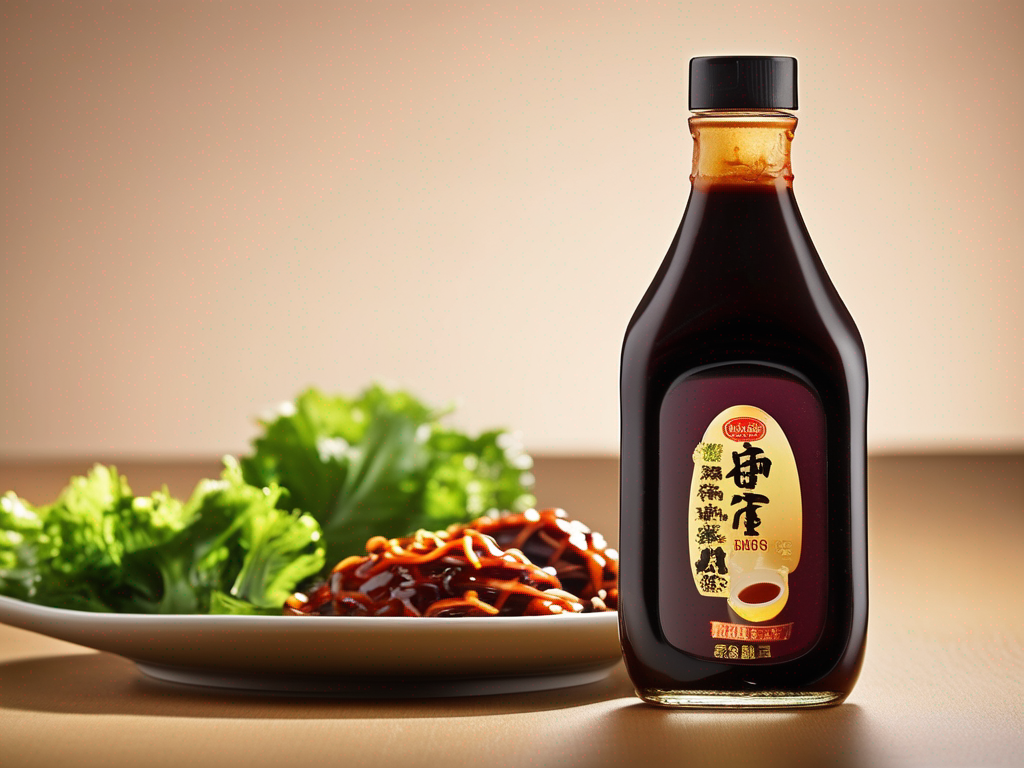
Signs that Hoisin Sauce Commercially Bottled Unopened Has Gone Bad
Get Your Free Food Safety Cheat Sheet
30 most common foods with instant answers. Print it and stick it on your fridge—completely free!
Signs that Hoisin Sauce Commercially Bottled Unopened Has Gone Bad
Hoisin sauce is a popular condiment in Asian cuisine, known for its sweet and savory flavor profile. When properly stored, commercially bottled unopened hoisin sauce can have a long shelf life. However, like any food product, it can go bad over time. In this post, we will explore the signs that indicate hoisin sauce has spoiled and provide you with tips on how to properly store it to extend its shelf life. (Hoisin sauce commercially bottled unopened)
How Long Does Hoisin Sauce Last?
Hoisin sauce typically has a shelf life of about 1-2 years when stored properly in a cool, dark place away from heat sources and direct sunlight. Commercially bottled unopened hoisin sauce is usually labeled with a "best by" or "use by" date, which indicates the recommended period for consuming the sauce at its peak quality.
Proper Storage of Hoisin Sauce
To ensure the longevity and quality of your hoisin sauce, follow these storage tips:
- Store in a cool, dry place: Keep the unopened hoisin sauce in a pantry or cupboard away from heat sources and moisture.
- Avoid direct sunlight: Sunlight can degrade the quality of the sauce, so store it in a dark place.
- Check the seal: Ensure that the bottle is properly sealed before purchasing and storing.
- Refrigerate after opening: Once you open the hoisin sauce, refrigerate it to maintain its freshness and flavor.
Signs that Hoisin Sauce Has Gone Bad
Despite proper storage, hoisin sauce can still spoil over time. Here are the signs to look out for:
1. Mold Growth
If you notice any mold or unusual discoloration on the surface of the hoisin sauce, it is a clear indicator that it has gone bad. Mold growth can occur due to exposure to air, moisture, or improper storage conditions.
2. Unpleasant Odor
Fresh hoisin sauce has a sweet and savory aroma. If you detect any sour, rancid, or off-putting smell coming from the bottle, it is likely spoiled and should be discarded.
3. Changes in Texture
Hoisin sauce should have a smooth and thick consistency. If you observe any separation, curdling, or significant changes in texture, such as clumps or lumps, it indicates spoilage.
4. Off Taste
Spoiled hoisin sauce may have a bitter, sour, or metallic taste instead of its usual sweet and savory flavor. If the taste seems off or unpleasant, it is best to not consume the sauce.
5. Expiry Date
If the hoisin sauce has passed its "best by" or "use by" date, it is advisable to err on the side of caution and discard it, even if it appears fine. The quality and flavor may deteriorate beyond the expiration date.
Conclusion
In conclusion, hoisin sauce is a versatile condiment that can add depth and flavor to a variety of dishes. By following proper storage guidelines and being mindful of the signs of spoilage, you can ensure that your hoisin sauce remains safe to consume. Remember to check for mold growth, unusual odor, changes in texture, off taste, and expiry date to determine if the sauce has gone bad. When in doubt, it is best to discard the hoisin sauce to avoid any potential foodborne illnesses. By taking these precautions, you can enjoy your hoisin sauce safely and deliciously. (Hoisin sauce commercially bottled unopened)
Authoritative Food Safety References
These agencies and university labs inform every tip and health precaution we publish.
USDA FoodKeeper – Cold Storage Guidelines
Official refrigerator, freezer, and pantry timelines maintained by the U.S. Department of Agriculture.
Visit USDA FoodKeeperFDA Produce Safety Rule & Grower Guidance
Field-to-fridge handling practices that prevent contamination of fruits, vegetables, and leafy greens.
Visit FDA Produce SafetyCDC Foodborne Illness Prevention Hub
Surveillance-backed guidance on pathogens, symptoms, and steps to reduce foodborne illness risk.
Visit CDC Food SafetyUC Davis Postharvest Technology Center
University research detailing optimal storage atmospheres for produce after harvest.
Visit UC Davis PostharvestPenn State Extension – Home Food Preservation & Safety
Peer-reviewed extension bulletins on safe canning, chilling, and reheating practices.
Visit Penn State ExtensionGet Your Free Food Safety Cheat Sheet
30 most common foods with instant answers. Print it and stick it on your fridge—completely free! Want more? Upgrade to the complete guide with 70+ foods.
Scan your food directly and get instant safety info using our AI-powered camera feature.